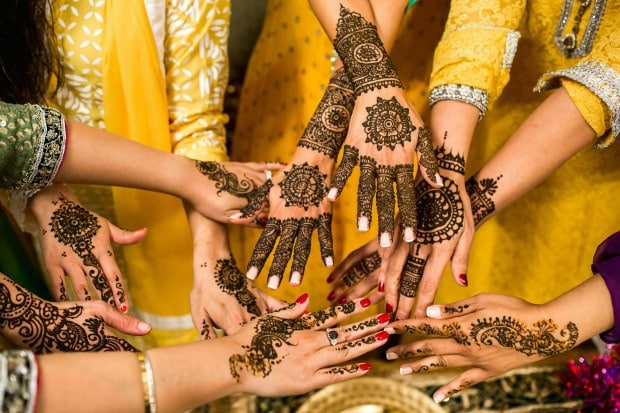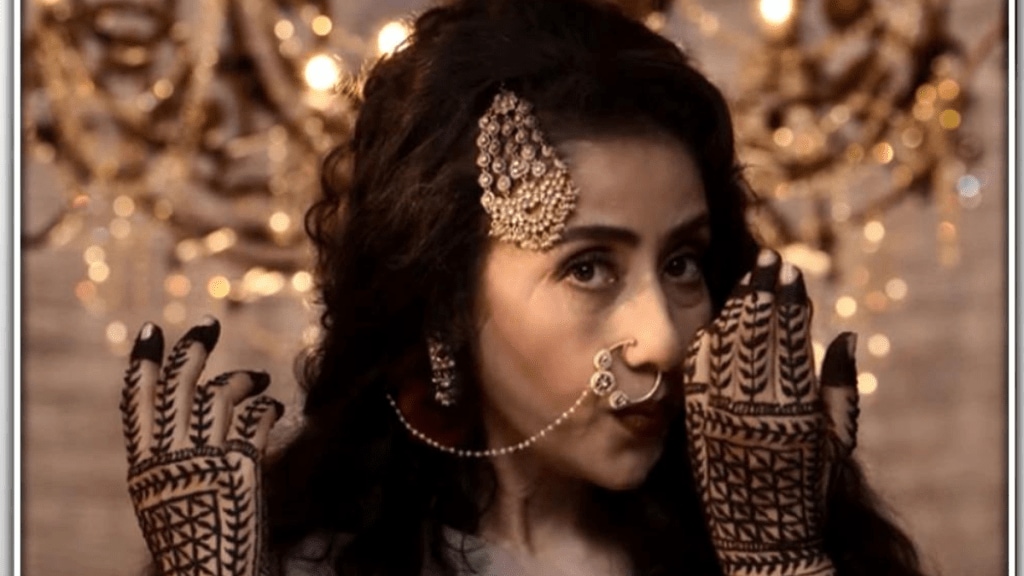Manisha Koirala’s return to the screen as Mallikjaan in Sanjay Leela Bhansali’s web series “Heeramandi: The Diamond Bazaar” is nothing short of a cinematic event. After nearly three decades since her collaboration with Bhansali in “Khamoshi,” Koirala steps into a career-defining role that’s etched in the sands of time. As Mallikjaan, her performance radiates charisma, capturing both the essence of the character and the era it embodies.
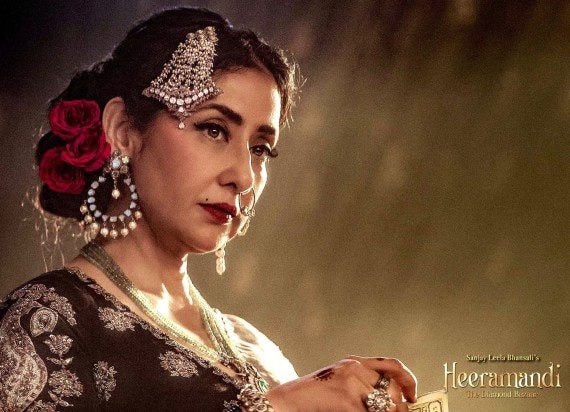
Beyond her acting prowess, Koirala’s portrayal is accentuated by her stunning appearance, which has become a topic of discussion among viewers. However, amidst the accolades, it’s Mallikjaan’s intricate mehendi design that adds another layer of intrigue to her character. But what does this symbolic adornment signify? Let’s unravel the mystery.
Mallikajaan’s Mehendi in “Heeramandi: The Diamond Bazaar”, in the introduction scene of Mallikajaan, where Koirala is seen getting mehendi applied while seated regally on her throne, is a visual treat. It’s not just the character’s grace that captivates; it’s the meticulous attention to detail in the mehendi design that transports viewers back to the bygone era of the 1950s.
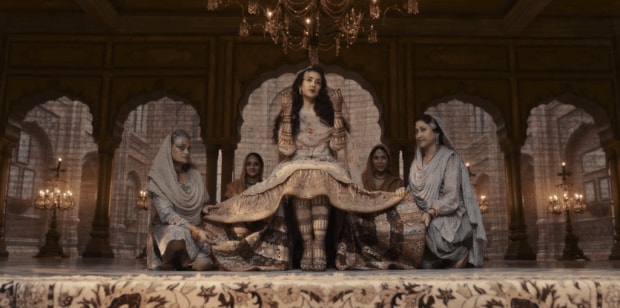
These mehendi designs, reminiscent of Katwan Phulya (floral grid) and Lahariya (wave), harken back to a time when such intricate patterns were a hallmark of elegance and sophistication. Thin lines delicately woven together, creating a thing of beauty on Mallikjaan’s hands, which not only symbolizes the aesthetics but a cultural narrative deeply rooted in tradition.
Katwan Phulya, known by its floral grid motif, represents the blooming of love and the interconnectedness of relationships. Just how Mallikjaan’s mehendi design in the series symbolizes the complexity of her journey and relationships, hinting at the intriguing developments to come in the story.
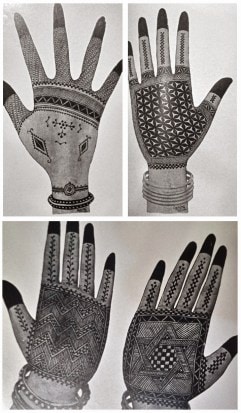
bichura (“scorpion,” top left),
katvan phulya (“floral grid,” top right); lahariya (“waves,” bottom
left) and chah-dankiya (“hexagram,” bottom right).
Similarly, Lahariya, with its up-and-down waves, mirrors the ebb and flow of life’s emotions. It captures the essence of resilience and fluidity. This can be seen as a visual ode to the strength and grace of Mallikjaan when she has to navigate the turbulent waters of her choices.
The origins of Mehendi, also known as Henna, is credited to Mumtaz Mahal, the wife of Mughal emperor Shah Jahan. Though evidence is scarce, the use of henna in royal ceremonies during that era hints at its significance. Interestingly, while Mughal-era paintings portray hennaed hands, the intricate designs we associate with Indian mehendi today were yet to emerge at that time, which adds a layer of mystique to its evolution.
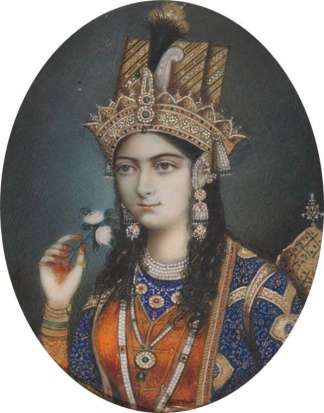
As we traverse through time, we witness the evolution of henna artistry, reaching peaks in the modern-day resurgence of vintage designs from the 1950s and 60s. Today, brides adorn their hands with patterns reminiscent of a bygone era, infusing more contemporary designs and symbols into this timeless elegance.
